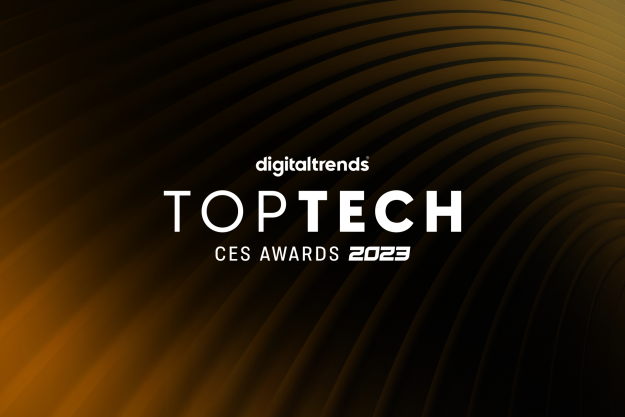From the Pillars of Creation to the Bubble Nebula, the Hubble Space Telescope has captured its fair share of astonishing images of outer space. Although the most recent image of Alpha Centauri isn’t the most detailed in the telescope’s catalog, it’s the brightest and best image of our neighboring star system yet. It also holds special significance in light of the new discovery of a potentially habitable exoplanet orbiting one of its stars.
Like two cat’s eyes peering inward from the night, the binary system roams around our galactic backyard, just 4.37 light-years away.
The Alpha Centauri system actually consists of three stars — the red dwarf Proxima Centauri and the binary group of Alpha Centauri A and B, which orbit each other in a cosmic dance. Last month we discovered an Earth-sized exoplanet, Proxima Centauri b, which orbits Proxima Centauri, but the new Hubble image snapped the stunning photo of the binary group.
Related: Juno images reveal that Jupiter’s poles are unlike anything NASA imagined
This isn’t to say that exoplanets haven’t previously been discovered within the binary group — they’ve just tended to tease rather than satisfy the hype. In 2012, astronomers announced the discovery of a planet around Alpha Centauri B. In 2015, a new analysis determined that the data was likely misleading and that the exoplanet probably didn’t exist. That same year, the discovery of another planet was announced with the qualification that it orbited too close to Alpha Centauri B to possibly be habitable.
The image was created by combining visible and near-infrared wavelengths captured by the telescope’s old instrument of choice, the Wide-Field and Planetary Camera 2. Since 2009, NASA and ESA have upgraded to the more technologically advance Wide-Field and Planetary Camera 3.


